Stroom Invest interviews / artist Márton Kabai
Márton Kabai is a graphic designer, artist, researcher, but above all, a ‘problematizer’. We caught up in the See Lab attic space and covered everything from critical storytelling, optimism in trying times, to the importance of constant confrontation.
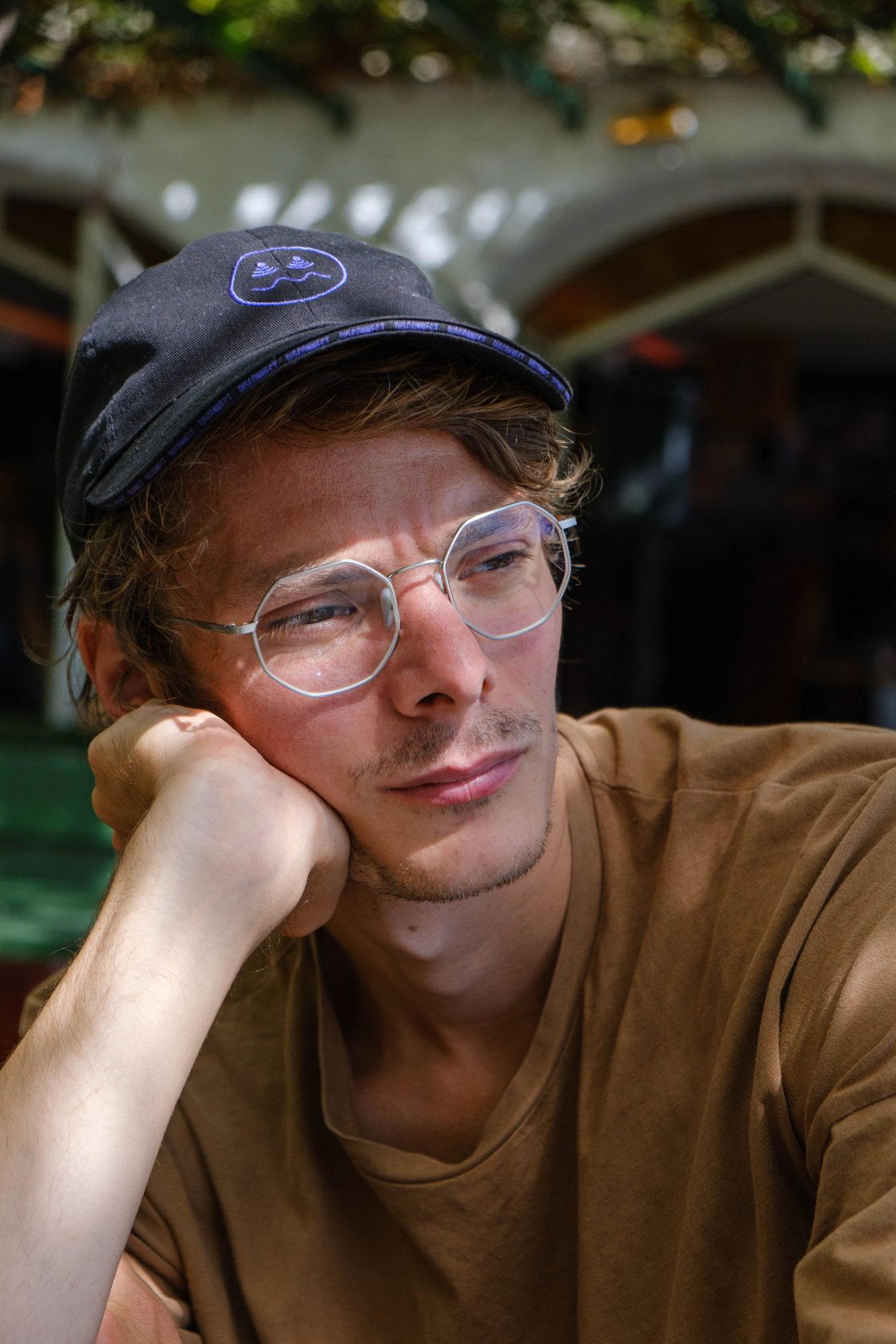
Cathleen Owens: Could you tell me a bit about yourself and your background? Could you give me the elevator pitch?
Márton Kabai: I am a graphic designer, artist, researcher, educator and a father. I am responsible for many roles and positions that fortunately are all interlinked. I am a co-founder of Oddkin, an art, design and research duo, together with my life partner Natela Lemondzhava. We have our beloved studio at See Lab, where our windows face towards the sea and the lighthouse. Right now everything is transforming. Last year I started to teach my own course at St Joost Master Institute and became an affiliated researcher at Avans, Sustainable Business, that gave me space to practice and to grow as an artist. Next to that I am doing a part-time MA study in Education in Arts and Design at Piet Zwart Institute.

How do you mediate or draw boundaries between your different roles as designer, artist and researcher?
Eventually my roles cannot be separated. Each of my roles contains the other, they are necessarily entangled, however the degree of each role is determined by the context in which I work on. Perhaps, the synthesis of all is being an educator. Or when I work on a freelance job sometimes I have to back off a little bit with my autonomy, not to change the entire brief.
But you still take these jobs?
Sometimes I do. Sometimes I don’t. It always depends on the circumstances. A brief could be really problematic on a social level. You have a responsibility to raise concerns. On the other hand, you are not in that position because you are just hired to do a job. Both cases are justified but ambiguous, nonetheless.
You call yourself a critical post-human graphic designer and artist. Could you elaborate on that title?
During my time at KABK, I developed a program where I focused on the concept of the human in relation to the placement of animals in industrialized settings, zoos and wildlife as a spectacle. I was really curious about how design is capable of exposing our absurd anthropocentric relations with nature commodifying fellow living beings. I wanted to show that what we think of and regard as normal is the problem itself. In my graduation year, I was reading a lot about the post-human condition and the post-anthropocentric concept by Rosi Braidotti. I got obsessed with it, because it envisions a new concept of the human. The human that is not above the animal world but part of it. Asking who counts as human in the first place.I was trying to experiment with the human concept and its placement that we take for granted. I realized the western construct of the human part of the problem of design that materializes an unsustainable world. We have tremendous responsibility for that as designers and artists, because our work has profound pedagogical affect in the world. We have to investigate carefully what kind of narrative we are contributing to. Currently I’m interested in developing, exploring post-anthropocentric narratives primarily because of that pedagogical layer, and the power to speak up, criticize, demystify exploitative practices and at the same time representing a relational, non-essentializing ethics. Currently I am taking it a bit further and attempting to outline a post-anthropocentric design pedagogy. I am very excited about that.
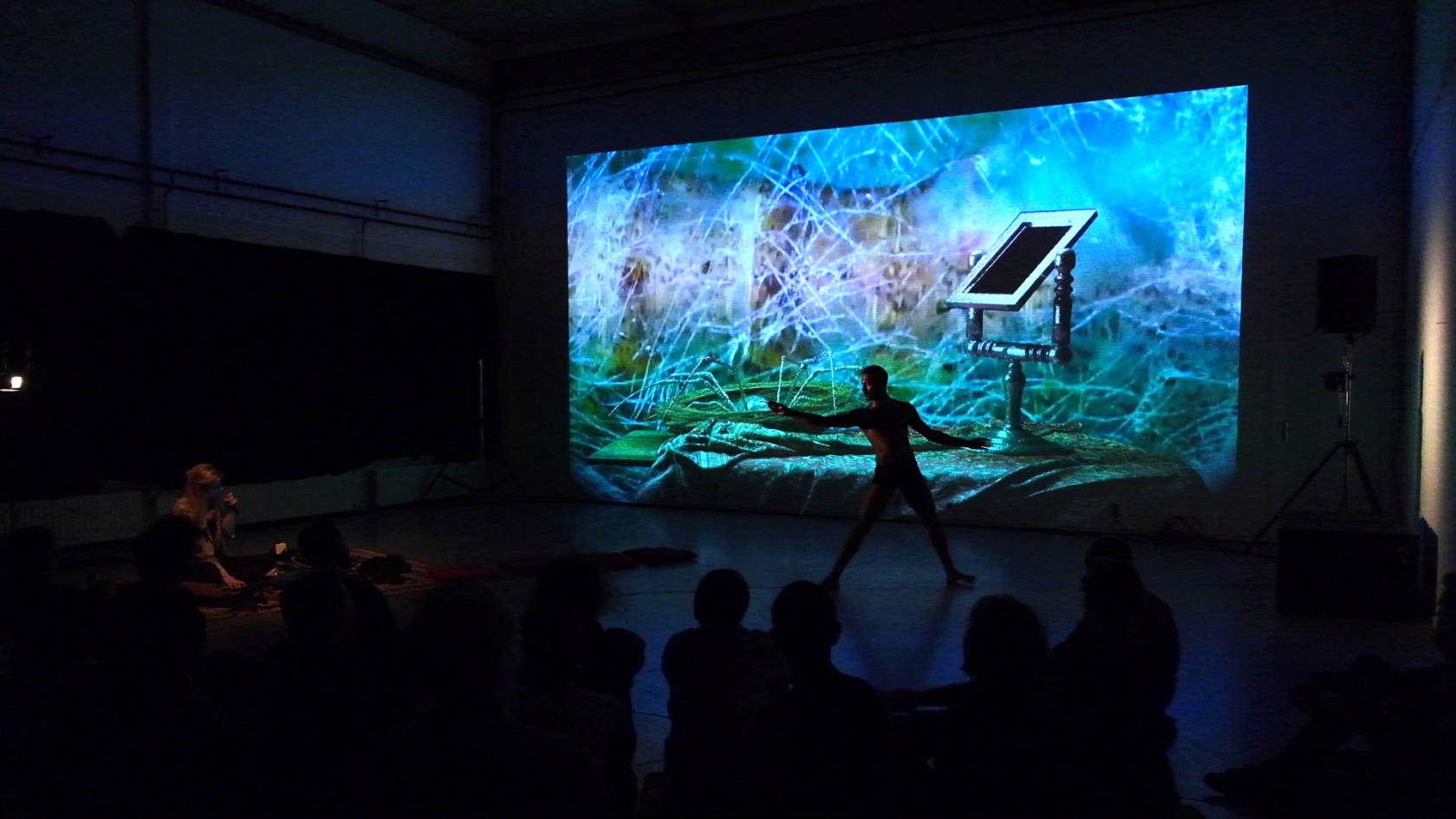
Could you talk a bit about your collaboration with Natela Lemondzhava as Oddkin?
Oddkin is our common consciousness, that defines everything I believe in and care for. We have always been working together. Natela is my second half, we complete each other. Our artistic practice and our civil life is in profound dialog. Oddkin is our social role, our self-actualization, how we position ourselves together, not only as a family but to take the responsibility of being together even in different settings in these strange times. We distinguish two directions inside Oddkin. Clarion Call is where we develop post-anthropocentric narratives and cartographies. It is a space for experimenting with ideas and concepts. We are primarily focusing on ethical problems of human-animal relations in the bioindustry. Our recent research is focusing on how industrial gloves as designed artifacts in factory farms can be a representation of the mind/body, nature/culture, man/animal divide. The other direction is Ground Zero, that refers to our visual language, where we primarily experiment with open source 3D graphics. It is a magical and terrifying virtual space to create an illusion of reality. Currently we are developing a long term research on digital still life, that began with our collaboration with our dear friends Mári Mákó and Fazle Shairmahomed. We want to revive the idea of still life that was an oppressed, lowest form of art to tell our feelings about our apocalyptic times. Eventually Clarion Call and Ground Zero goes hand in hand, the separation is only technical.
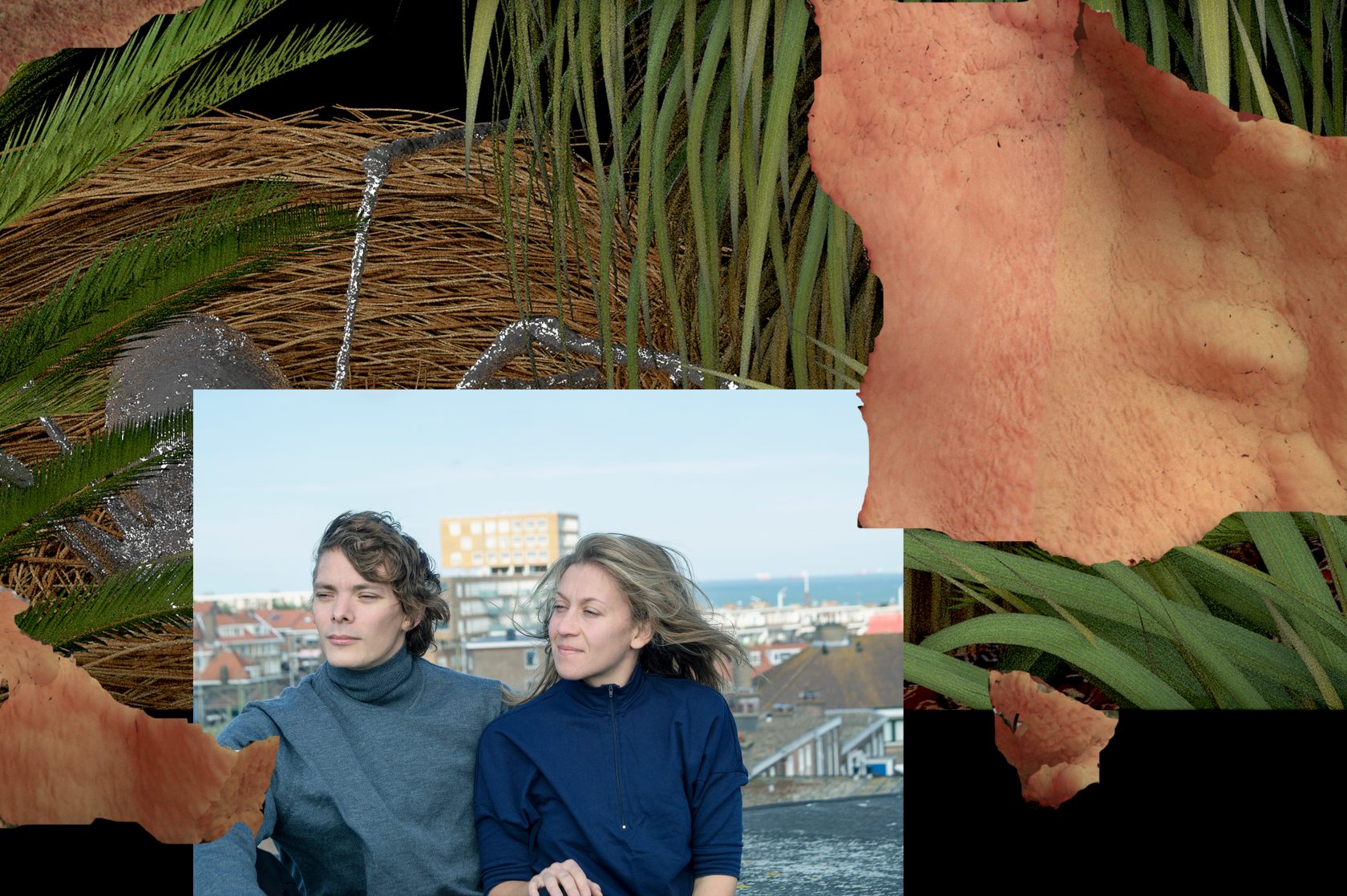
How has being a member of See Lab changed your practice?
We moved into See Lab about two and a half years ago. Space is everything, especially if your window is facing the sea and the lighthouse. It did not change our practice, it provided us the means to become Oddkin. We named ourselves here, within these walls, however we have always been Oddkin. Seelab is a lovely community that I am very happy that we can be part of and grow together. It’s really important for us to belong somewhere, – you know – that we know and trust.
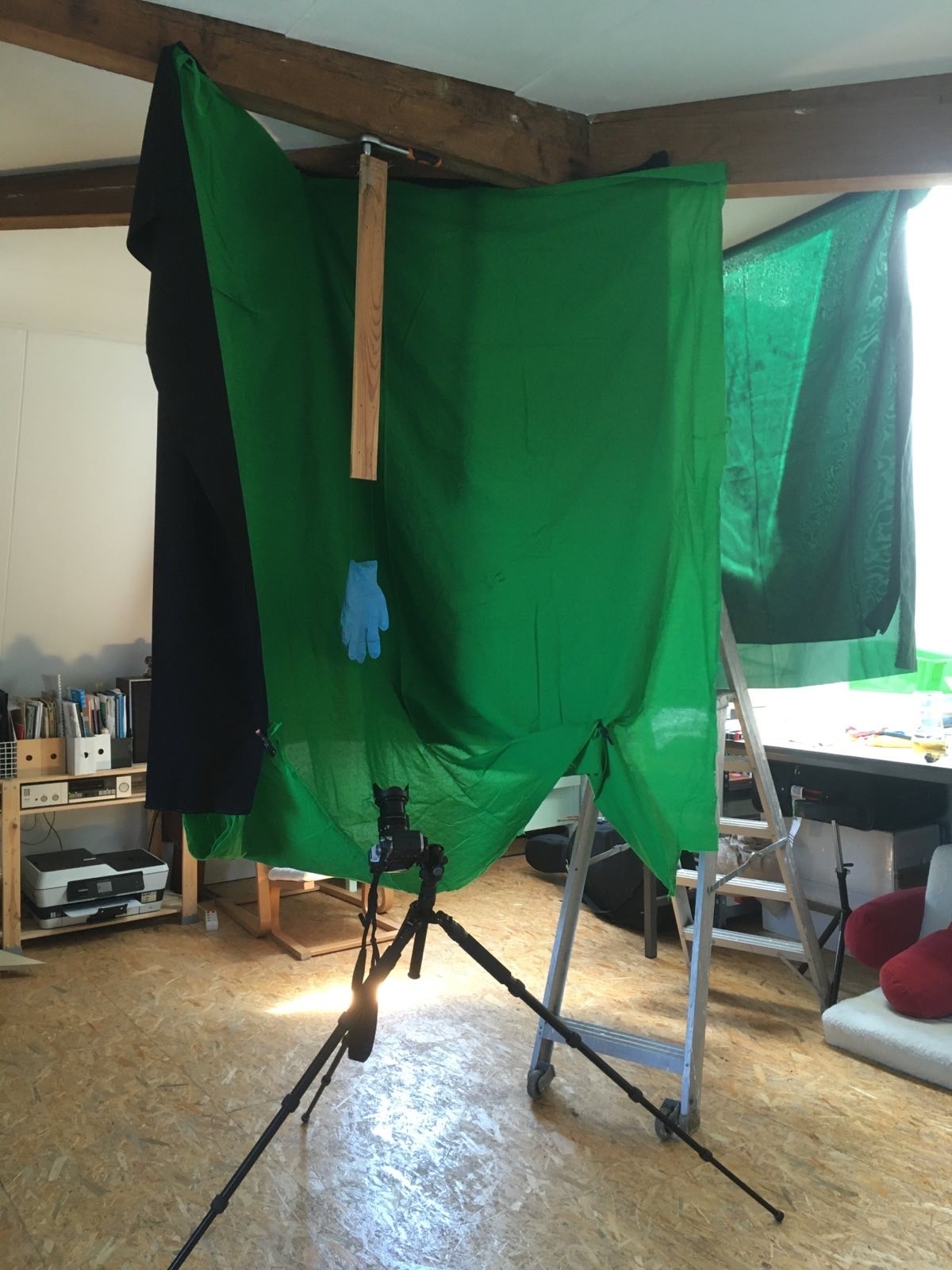
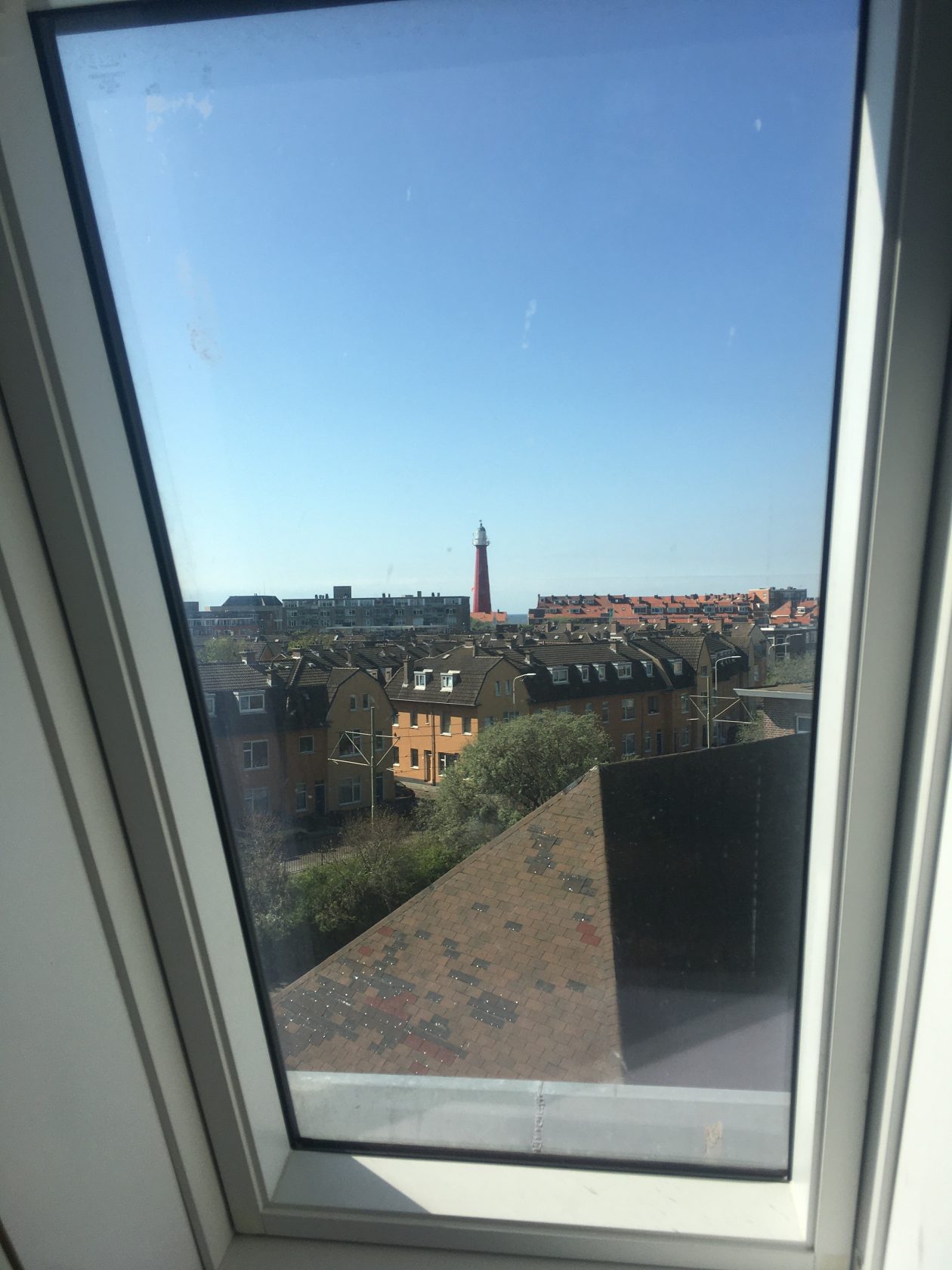
For me as an artist, I’ve felt enormous pressure to be creative right now, to make sense of what we’re going through. How have you been handling these times?
When the pandemic began, there was a sensible panic in the air. We couldn’t stop reading articles and looking at the increasing numbers. Unfortunately it built up a lot of unnecessary stress and anxiety looking at these numbers. It paralyzed me. I wasn’t able to read or write or make anything. I tried to at least read but I couldn’t understand what I was reading. Although the first month for us was spent together as a family, creating an intimate connection with our home was in fact very rewarding. It was a healing process to catch up with each other. So we eventually stopped looking at the numbers at a certain point. We were very lucky that we could go out to the dunes very often. We did recognize this as a privilege. We have a home. We are all healthy. It was both a relief and a burden but you have to accept it and use it for good. We need to learn how to heal while healing others. I have a feeling that it is just the beginning of a more rough time to come asking questions where we place our trust, safety, security. Not sure about putting too much faith in governments, rather I believe we need supporting communities, need to develop networks for mutual aid.
I’ve seen you use the term “critical storytelling”? How would you define that? Is that something you mostly developed with Oddkin or has it always been an important part of your practice?
I did not coin this term. It is just a label I found the most expressive. This goes back to what I consider the most important aspect of design, which is the narrative structure and its constant embeddedness in a socio-political sphere. Taking a critical look at how narratives affect the world is an urgent task to do. I learned the most from the works of Forensic Architecture about how profoundly narratives shape public opinion and can be a powerful tool to “stir up and make trouble”. We need more organizations like them. On the other hand, it’s also structural, how we can get rid of the hero and the anti-hero dichotomy and make things more horizontal as Ursula K. Le Guin suggests. Narratives also have their own politics. The narrative is more than the sum of the content, it has its own shape and meaning depending how it is deployed. Critical storytelling is being to make justice dealing with conflicting values despite the constant entanglement.

Just by looking at it, your work can come across as pretty dark. For example in the trailer for your game Today Success is Tomorrow’s Disaster, it states “EVERYONE LOSES”. Could you tell me a bit about this project?
Today Success is Tomorrow’s Disaster is an ongoing project. The early prototype was conceived during my study years, then it went through many transformations. It is a board game that can be played but also function as a spectacle. It attempts to demystify how the factory farms operate and is responsible for the current climate crisis. It concerns the treatment of farm animals, the environment, the workers in the factory farms and how it’s maintained by the farm industry, and supported by the government. Most importantly the game highlights the profound entanglement of actions and its affect not only to our livelihood and our environment but also to our psyche, the way we draw our threshold what is acceptable and what isn’t. The board game compared to other games, doesn’t have a winner. Two anti-capitalist activists and two capitalists playing, debating together, while exposing the unequal power game and dependencies within. The game is a cartography, that revels that the activists are still part of the regime of the government. They are still part of the neo-liberal system of oppression. The capitalist state dictates the terms and conditions in which the activist is able to do, if it goes too far, they are labeled as domestic terrorists. That’s the whole point of the game, that is why everyone loses at the end. We always think they are enemies or against each other but at the same time, everyone is trying to make a living or continue a practice, however the practice of industrial farming is utterly unsustainable and has to be abolished. What is missing today is the platform to speak about differences and different interests without rage and fear. The characters in the game are in very separate socio-political reality, however the game allows debate to confront it. The work of Jonas Staal comes to mind as a reference for that. Aesthetically the work is trying to do justice with the drastic content at hand. If it comes out as dark, it means the content is dark, however the visuals of the game matured a lot over the years.


Have you gotten feedback from people who are surprised by how quickly they adopt their assigned roles?
Yes. Most of the players get so attached to their roles that they begin to behave like that.
Does the level of reality or fiction that viewers take away from the work concern you? Or is it more exciting for you to have it exist somewhere between?
Fiction cannot exist without reality. Reality is a fiction created by institutions and historians. The board game is fact-based, however it allows space for speculation, that can give the viewer a sense of possibility. I think these possibilities are really important, also within the theory of the post-human. We have to open up these intensive spaces of possibilities. The magic cannot happen if we do not transgress the boundaries of truth and fiction. However we have to make sure that the priorities are set and relations are not manipulated for the sake of any ideology. Fiction and reality need each other, but has to be managed and controlled very well.
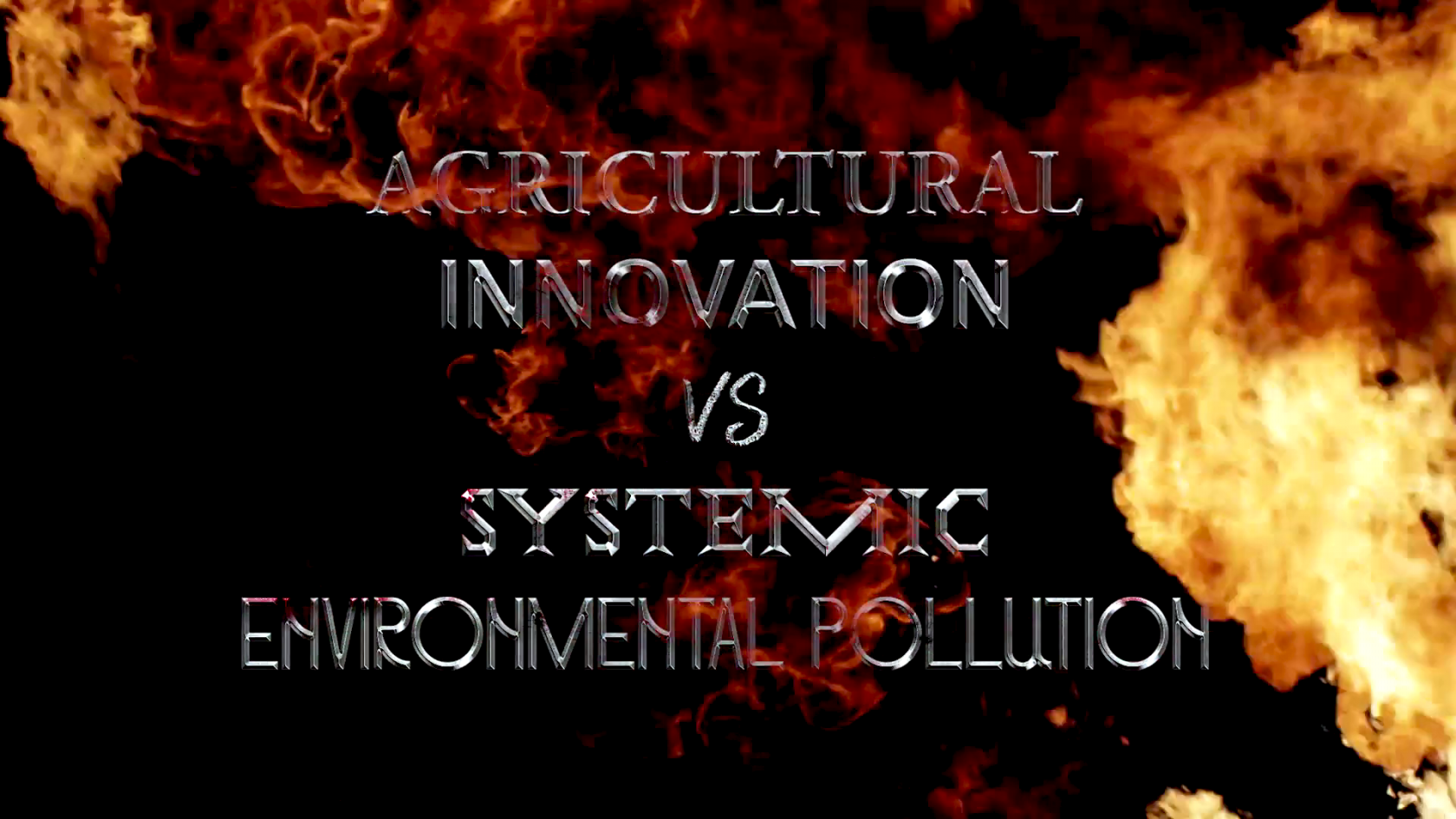
What are you currently working on?
Right now, the board game is going to have a new iteration and it’s going to be part of the Economia Festival organized by Baltan Laboratories. We are in the process of finding a good location. Hopefully one of the locations will be a market and the other will be an animal sanctuary. We are also trying to facilitate a different space in relation to the content of the game. We are curious how the environment shapes the experience of playing the game? Up until now, we’ve only presented this game in cultural spaces. This would be the first time we would bring it into a much more mundane and exciting situation. Alongside this, we are developing a project about gloves in factory farms, as a material witness of philosophical dualism (mind/body, nature/culture, man/animal). We are focusing on the aspect of the designer who makes the gloves, as if the designer is designing this divide. By preventing workers to feel, to experience touch in a bodily sense with the animal body or the animal flesh, it also prevents them from understanding the profound entanglement between them. It will be presented online at projecthu.org at the end of the year. Also I mentioned earlier, that we begin a deeper visual investigation on the genre of still life painting, by reviving it in a digital 3D space, using its original narration and language but telling very different, contemporary stories.

You work a lot with behavioral patterns and set conditions, how much room do you leave for improvisation or the unexpected?
Personality wise, I am not structured at all, I am exploding with possible answers as we speak. Since I am living in The Netherlands and as I’m growing older, I see myself a bit more structured, however accidents, coincidences were always important to me. I got excited to jump into the no-yet. For instance when I’m painting in a 3D graphic program I rely almost only on intuition. It can be a burden as well if I let it too close, it can paralyze me. I like the fact that improvisation comes with great risk, it opens me up to a degree that I can lose myself. The form is never the goal, rather the intention, the path that guides it.

Do you think we can ever operate outside of these set patterns of behaviors? Is it worth striving for?
I think we have to be confronted all the time with how power operates. As an educator, I find it really important to provide the tools and the space to be able to understand and problematize the ‘matrix of domination’. (Patricia Hill Collins) I am working on a new curriculum for my course called Designing our way out of design. I realized that problematizing design can be a sight for liberatory pedagogy. Focusing on individual and collective liberation through “staying with the trouble”. The first semester is about positioning yourself as an individual in relation to the world. Everyone has a different cultural, psychological capacity to deal with problems. It’s important to make your own cartography within this critical time. The second semester, I will focus on the class as a community or a movement, relying on, dependent on each other. I want to embrace these two kinds of entanglement, and facilitate this radical space of becoming with each other. We have to learn to become multiple. The neo-liberal regime created these patterns of destruction and exploitation that have had devastating consequences on every level. We need to make counter-pedagogies that do not affirm values dictated by the current status quo. We need to make connections that actually promote healing, solidarity and love. Right now social justice energies are quite amplified, we need to seize the moment and join forces.

Would you call yourself an optimist?
Let’s say that I’m grounded in fertile hopelessness, but there is a side of radical affirmation within it.
The Invest Week is an annual 4-day program for artists who were granted the PRO Invest subsidy. This subsidy supports young artists based in The Hague in the development of their artistic practice and is aimed to keep artists and graduates of the art academy in the city of The Hague. In order to give the artists an extra incentive, Stroom organizes this week that consists of a public evening of talks, a program of studio visits, presentations and a number of informal meetings. The intent is to broaden the visibility of artists from The Hague through future exhibitions, presentations and exchange programs. The Invest Week 2020 will take place from 21 to 25 of September.